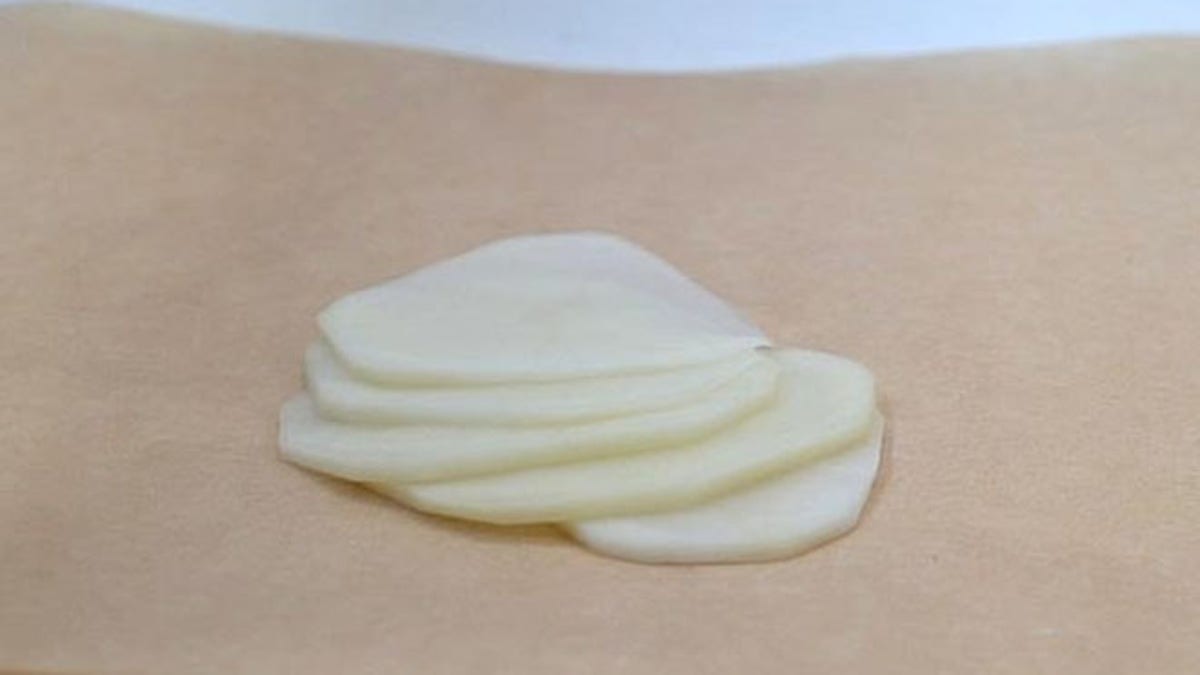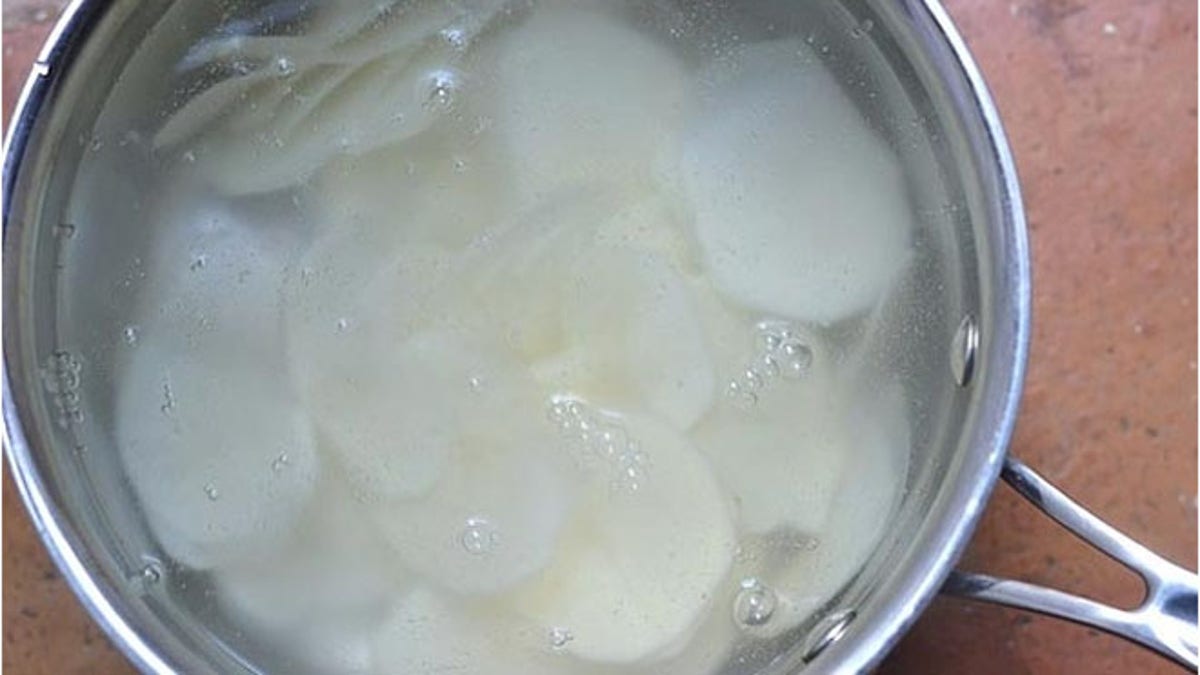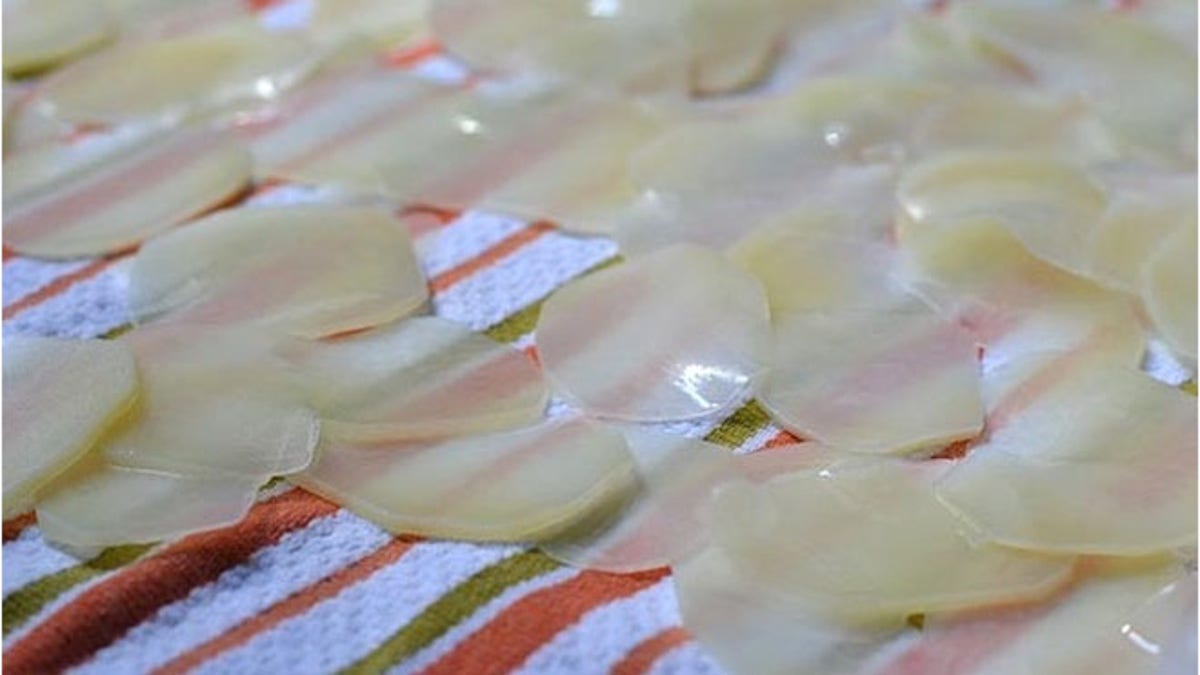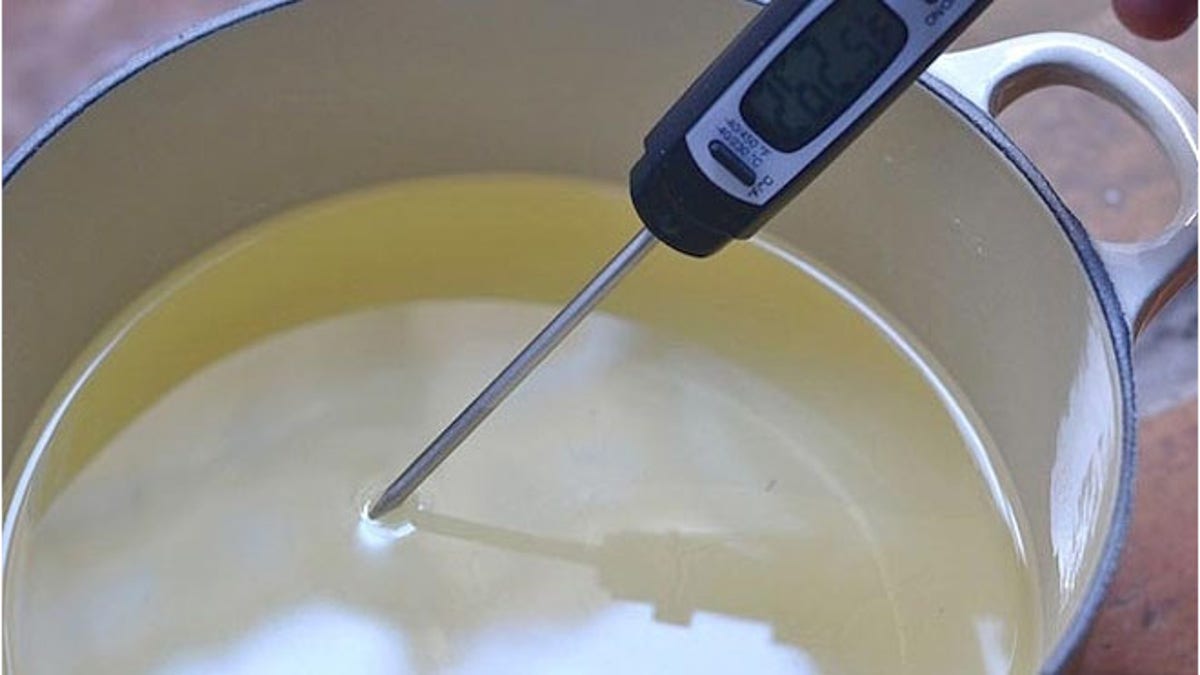Is there anything better than a crunchy, salty potato chip?
Created in 1853 in Saratoga Springs, N.Y., potato chips were originally meant to be a prank in response to a surly customer complaining about his potato fries being "too thick," but their thin, crisp qualities turned out to be something very different than a joke. "Saratoga chips" instantly became a hit, and their popularity traveled from upstate New York to all around the country. By the 1920s they had become a well-known and popular snack, and potato chip manufacturing companies starting popping up everywhere in the culinary industry.
On March 14, America celebrates potato chips and all of their glory through National Potato Chip Day. The widely distributed chip is one of America's favorite snacks, and with so many brands and varieties available, potato chips continue to be one of the most popular food items that you can buy. And while you can walk into any convenience store, gas station, or supermarket and pick up a bag, the Cook editors here believe that there's nothing more gratifying than making your own at home.
While potato chips seem like a simple fry-job, they’re actually quite a complex kitchen project. The potato is a mysterious creature, made up of starches and carbohydrates that make the alchemy of cooking one a tricky task. While something like mashing boiled potatoes can be an easy feat, frying them sliced and getting the perfect consistency and just the right balance of oil is something that can only be done with the knowledge and understanding of a potato.
To help us discover how to make the perfect potato chip, we turned to molecular gastronomy guru Dave Arnold to help us develop a recipe. As the director of culinary technology at the International Culinary Center, Arnold leads the way in developing groundbreaking technologies and techniques in the world of cooking. The award-winning food writer and culinary science-whiz took some time out of his busy schedule to discuss the genetics of a potato with us to help us achieve creating the ultimate potato chip, and it all came down to water and sugar.
"[The main goal of making a potato chip is] getting all of the water out of it so that it becomes crispy but at the same time mains its structure," he explained. He added that, along with the structure, the color of your potato chip is important, and this is highly affected by the amount of sugar found in potatoes.
With these two things in mind, Arnold let us in on a few secrets for how to cook a potato chip perfectly and maintain its perfect brown-blonde exterior. While the structure of a potato chip is complex, the recipe is simple, and as long as you keep the underlying principles that Arnold explains to us in mind, you’ll get a perfect potato chip, every time.
1. Keep It Thin

(Emily Jacobs)
The most important part about a potato chip, and one reason why it became such a popular hit in 1853, was because it was thin and crisp. To get the perfect consistency, it’s recommended to slice your potato 1/8 of an inch thick. This can easily be done using a mandoline, but if you don’t have one on hand, there’s never a bad time to polish up on your knife skills.
2. Soak ‘Em

(Emily Jacobs)
This is where we go back to all of that sugar talk. The best way to get rid of a potato’s residual sugar and wash off its starch is to give it a nice cold water bath. Soaking the potatoes in cold water while you’re preparing the rest of the recipe is also a great way to prevent them from oxidizing, which is another type of browning that can occur with a potato.
3. Dry Them Out

(Emily Jacobs)
One of the most prized features of a potato chip is its taste of oil every time you sink your teeth into one, Arnold tells us. The science behind a perfect chip is a potato rid of all of its water, so that it can absorb the oil instead. Before you even start to fry them, make sure to dry them out as much as possible. The best way to do this is to lay them out in one layer on a kitchen towel and roll it up to squeeze out the excess moisture.
4. Take It Slow

(Emily Jacobs)
The best piece of advice Arnold gave us is to gradually bring your oil up to temperature — with the potato slices in it. He adds his potato slices to the oil when it’s at a cool 200 degrees, and then brings the oil up to frying temperature (350 degrees) to let them fry. The reason behind this is because by frying the potatoes at a low temperature, you’re essentially boiling the potato slices and allowing the water to exit so the oil can enter.
See all the steps to a perfect potato chip at The Daily Meal
More from The Daily Meal
7 Things You Didn't Know You Could Make With Potato Chips
15 Best Cooking Apps for Your Smartphone
